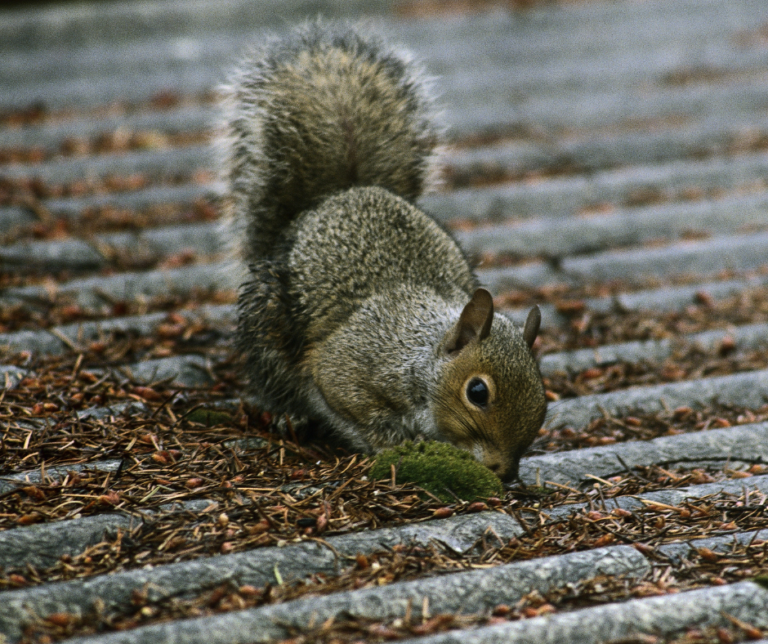How to Get Rid of Squirrels in the Attic and How Barking Pest Control Can Help
Introduction: Squirrels are resourceful and agile creatures, and while they may be delightful to watch in your backyard, having them in your attic can become a significant nuisance. Squirrel infestations in your attic can result in property damage, noise disturbances, and potential health risks. In this article, we will explore effective methods to get rid of squirrels in the attic and how professional pest control services in Barking can assist you in dealing with this issue.
Methods to Get Rid of Squirrels in the Attic:
- Identify Entry Points: The first step in addressing a squirrel infestation is to locate and seal any entry points they are using to access your attic. Squirrels can squeeze through small openings, so inspect your roofline, eaves, vents, and any gaps or cracks in the exterior.
- Install Exclusion Devices: Exclusion devices, such as one-way doors or traps, can be used to allow squirrels to exit the attic but prevent them from re-entering. These devices should be strategically placed at the entry and exit points.
- Repellents: There are various squirrel repellents available, including sprays and ultrasonic devices. While these may deter squirrels temporarily, they are not always a long-term solution.
- Trapping: Live trapping is an option to capture squirrels. However, it should be done carefully, and the trapped squirrels must be released far away from your property to prevent their return.
- Cleanup and Sanitization: After successfully removing squirrels, it’s crucial to clean and sanitize the attic to eliminate any traces of their presence. This can include removing nests, feces, and damaged insulation.
How Barking Pest Control Can Help:
Professional pest control services in Barking can provide valuable assistance when dealing with a squirrel infestation in your attic:
- Inspection: Pest control experts will conduct a comprehensive inspection to identify entry points, the extent of the infestation, and any potential damage.
- Humane Removal: Pest control professionals have the experience and equipment to safely and humanely remove squirrels from your attic, ensuring the animals are not harmed.
- Exclusion: They will seal entry points and install exclusion devices to prevent squirrels from returning.
- Cleanup and Restoration: Pest control services can also handle the cleanup and restoration of your attic, ensuring it is free from squirrel-related debris and damage.
- Preventive Measures: Professionals can advise on preventive measures to reduce the risk of future squirrel infestations, such as trimming overhanging branches and securing vulnerable entry points.
Conclusion: Dealing with squirrels in the attic can be a challenging task, but it’s essential to address the issue promptly to prevent property damage and potential health hazards. Barking pest control services offer expertise in squirrel removal, exclusion, and prevention, making them a valuable resource in resolving squirrel infestations in your attic and ensuring your home remains pest-free.






